Jul
20
2012

Hope and Holiness
A Structural Analysis of Numbers 15:37-41
He said, “Who are you?” And she answered, “I am Ruth, your servant. Spread your wings over your servant, for you are a redeemer.” Ruth 3:9
The passage in Numbers 15 concerning Israel’s tasseled robes contains all the matrix elements, but it has taken a few days to crack what’s going on structurally (although it’s more like cutting a diamond). The first difficulty is that English translations swap words around, so the text below sticks to the Hebrew word order. Secondly, a number of the stanzas leave out lines, or “matrix threads,” to make a point. The only way to identify these is to parse the entire passage. If you finish the puzzle with the pieces you have, you can see where the holes are!
Continue reading
Comments Off | tags: Dispensationalism, Fractals, Literary Structure, Moses, Numbers, Systematic typology | posted in Bible Matrix, Biblical Theology, Creation
Jul
11
2012
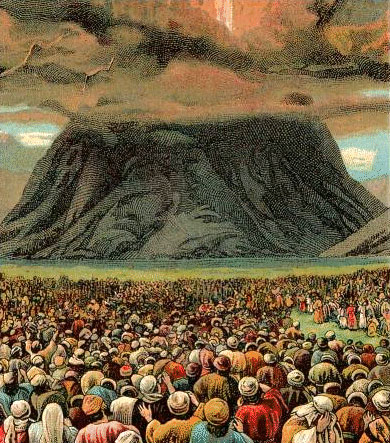 Here’s my go at the structure of Psalm 61 (using the Bible Matrix).
Here’s my go at the structure of Psalm 61 (using the Bible Matrix).
Continue reading
Comments Off | tags: Covenant Theology, Literary Structure, Psalms | posted in Bible Matrix, Biblical Theology
Jun
19
2012
or The New Commandment
1 John 5: 1-12 | Sermon Notes | 17 June 2012

Introduction
Jewish Christians were first opposed by unbelieving Jews, then by Jews who said they believed. Members of this latter group are called “Judaizers,” and they were the false teachers whom the apostles condemn in their letters.
Not only did these men pervert the gospel by including adherence to the Law of Moses, they also failed to keep the commandments of Jesus. This was Pharisaism dressed up in Christianity, the old leaven carried into the new age. The Pharisees loved to control people, while they failed to control themselves. This is the context of John’s letters to Jewish Christians: despite their profession, these men would be exposed by their lack of of certain things in their character.
Continue reading
Comments Off | tags: Baptism, Circumcision, Covenant curse, Covenant Theology, John, Literary Structure, Mission, Pharisees, Sermons, Ten Commandments | posted in Bible Matrix, Biblical Theology, The Last Days
Jun
16
2012

A documentary on fractals showed a scientific team in a rainforest. Through careful measurement, they worked out that, when graphed, the ratio of branches to trees was the same as the ratio of trees to forest.
Continue reading
2 comments | tags: Feasts, Fractals, Literary Structure, Revelation | posted in Bible Matrix, Biblical Theology, Creation
May
29
2012
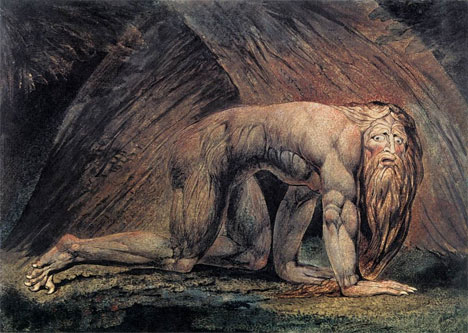
“As the book of Daniel progresses, it opens in stages like a flower.”
Out of the anguish of his soul he shall see and be satisfied;
by his knowledge shall the righteous one, my servant,
make many to be accounted righteous,
and he shall bear their iniquities.
Isaiah 53:11
MarkO and I had some discussion on here recently concerning the “abomination of desolation.” Was it the massacre of converted Jews during the Roman siege, or was it simply a delayed judgment for the crucifixion of “the Righteous One”? Mark writes:
I am inclined to think that the abominable act was the slaughter of The Righteous One. I take this idea from the Sanhedrin’s rejection and condemnation of Jesus as both God and Messiah (Mark 14:61-64), Peter’s Pentecost Sermon (Acts 2:22-23), his next sermon in Acts 3 (3:14) and also from Stephen’s defense (sermon) before the Sanhedrin (Acts 7:52).
So, is it the Righteous One or the Righteous Ones?
Continue reading
Comments Off | tags: AD70, Daniel, Literary Structure | posted in Bible Matrix, Biblical Theology, The Last Days, The Restoration Era
May
11
2012
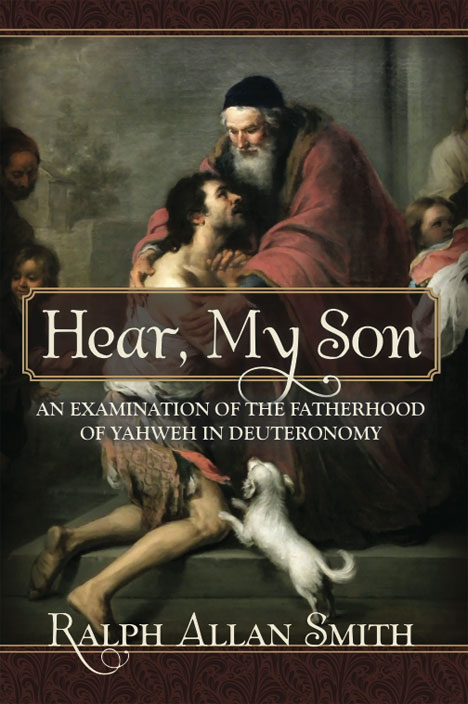
Jesus’ words in John 14:23 follow the blueprint for His work in God’s people in the 40 years between AD30 and AD70.
Continue reading
1 comment | tags: AD70, Feasts, John, Literary Structure, Ralph Smith | posted in Bible Matrix
May
8
2012
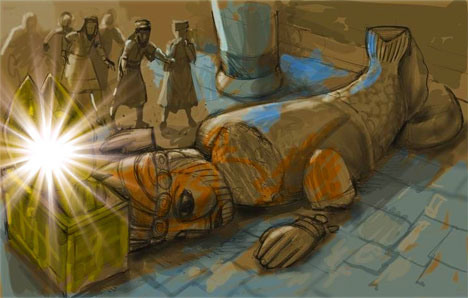 Tinpot Gods and Tinpot Men
Tinpot Gods and Tinpot Men
“Idolatry is the Bible Matrix rendered impotent.”
You get out of life only what you put in, or so the saying goes. According to the Bible Matrix, you are supposed to get out more than you put in.
The single grain of wheat that dies is supposed to bring an abundant harvest. A life is given to God in the faith that He will take what is given and turn it into an increase. This is also found in the Covenant pattern: “Who’s the boss?; who’s His representative?; what do I have to do?; what do I get?; and, what’s next? Obedience brings plunder; disobedience brings plagues. [1]
Continue reading
Comments Off | tags: Atonement, Jeremiah, Literary Structure, Peter Leithart | posted in Bible Matrix, Biblical Theology, Quotes
Apr
29
2012
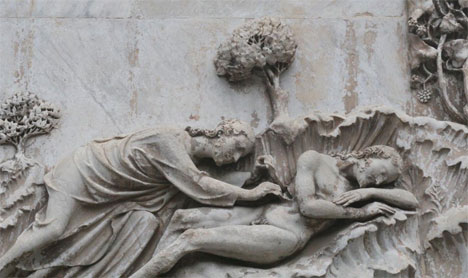
“There’s nothing like bones to remind you of your heritage.”
Further to the previous post, the structure of the declaration in Numbers 19 concerning contact with the dead seems to support the assertion that, since the fall, flesh is corrupt but clean bones are “bridal” memorials. Firstly, look at where the “bone of an Adam” appears in the structure:
Continue reading
Comments Off | tags: Literary Structure, Numbers | posted in Bible Matrix
Apr
12
2012
or The Liturgical Significance of Lot
 Part 1, The Architectural Significance of Lot’s Daughters, is here.
Part 1, The Architectural Significance of Lot’s Daughters, is here.
We’ve looked at the three-level Tabernacle structure in Genesis 19. That’s the rooms, and their doors, so what about the furniture?
The events follow the Bible Matrix, so an identification of how each step in the story fulfills the Creation Week might shed some light on the point of the details that the Spirit has included for us. And identifying how each step fulfills the Festal Calendar might also shed some light on the motivations of Lot and his daughters. The prefigurements of events nearly half a millennium in their future are breathtaking.
Continue reading
1 comment | tags: Abraham, AD70, Altar of the Abyss, Covenant curse, Feasts, Genesis, Literary Structure, Revelation, Sodom, Systematic typology, Tabernacle | posted in Bible Matrix, Biblical Theology, The Last Days
Apr
8
2012
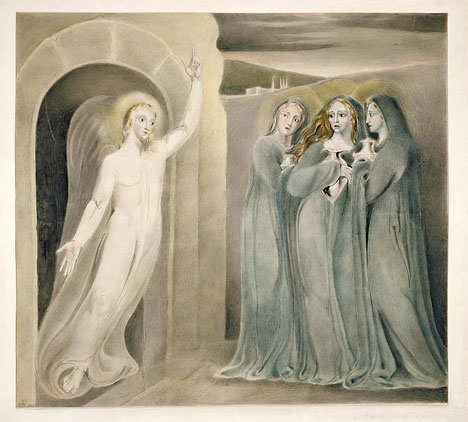 All the New Testament writers use the Bible Matrix. A possible application of the identification of literary structures is the solving of disputes over textual variants. I applied the matrix to Mark 16, where verses 9-20 are considered by many to be a later addition. Guess what?
All the New Testament writers use the Bible Matrix. A possible application of the identification of literary structures is the solving of disputes over textual variants. I applied the matrix to Mark 16, where verses 9-20 are considered by many to be a later addition. Guess what?
Continue reading
Comments Off | tags: Feasts, Literary Structure, Mark, Resurrection | posted in Bible Matrix, Biblical Theology



































